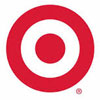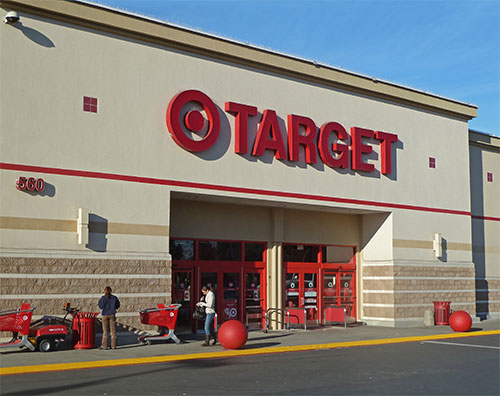
40 Million Credit Card Accounts Breached at Target
- By Ginger Hill
- Dec 19, 2013
 Well, it looks like holiday shoppers patronizing Target may have gotten scrooged by some sophisticated hackers! As many as 40 million shoppers who purchased items from Target’s brick-and-mortar stores with their credit cards from November 27 to December 15, 2013 may have been impacted.
Well, it looks like holiday shoppers patronizing Target may have gotten scrooged by some sophisticated hackers! As many as 40 million shoppers who purchased items from Target’s brick-and-mortar stores with their credit cards from November 27 to December 15, 2013 may have been impacted.
The Secret Service has the responsibility to safeguard the U.S.’ financial infrastructure and payment systems, so they are currently investigating the breach that was initially discovered last month around the time of Black Friday via a report from Brian Krebs, a security researcher.
As soon as Target executives were alerted to the breach, they immediately notified authorities and financial institutions, and even hired a forensics team to thoroughly investigate how the unauthorized access occurred.
“Target’s first priority is preserving the trust of our guests, and we have moved swiftly to address this issue so guest can shop with confidence,” assured Gregg Steinhafel, CEO of Target Corp.
Shoppers, it’s important to realize that hackers could possibly withdraw cash from your account using counterfeit debit cards at ATMs, if they were able to intercept your PIN number. And, it has been confirmed that stolen data includes customer names, credit/debit card numbers, expiration dates and security codes found on the back of cards.
“A concern is that the thieves could attempt to make counterfeit cards, because the stolen data came from the accounts of customers who made purchases by swiping their cards at terminals,” said White & Case Partner Daren Orzechowski, who focuses on information technology legal matters, including privacy. “Target or the credit card company may have to offer these customers something, such as credit monitoring, to protect them from suffering any monetary losses and to preserve goodwill.
"Any time an organization finds itself a victim of a data breach, it puts its brand and reputation at risk because it can significantly damage consumer trust. For retailers, something like this is terrible, but they can better navigate the situation if they have a plan and protocol in place to address a breach, if and when it happens. The last thing a business wants to do is to scramble to come up with a remedy after a breach has occurred.”
Target regrets any inconvenience this has caused as they continue to invest in their security practices to protect shoppers’ data.
Things to Do If You Believe Your Financial Data Has Been Stolen
- If you discover suspicious activity or suspect fraud, notify your financial institution immediately.
- Request your credit report from Equifax, Experian and TransUnion to make sure no fraudulent transactions have been made on your accounts.
- Ask credit agencies about fraud alerts, and consider security freezes on your accounts.
- Bonus Tip: Monitor your financial data frequently. (I monitor mine on a daily basis.)
(Photo courtesy of Lynn Watson/Shutterstock.com)
About the Author
Ginger Hill is Group Social Media Manager.